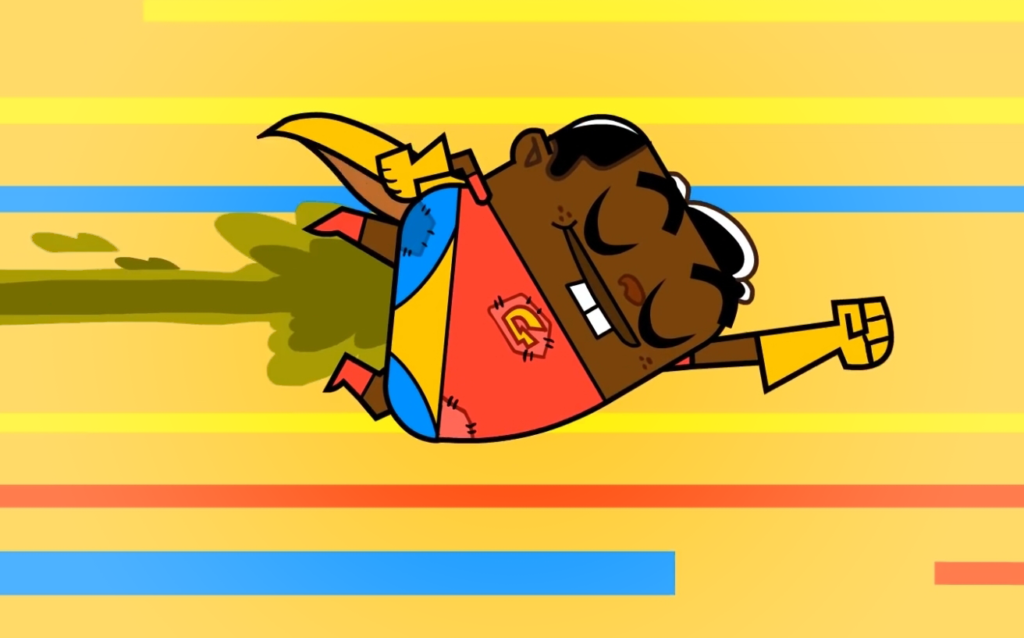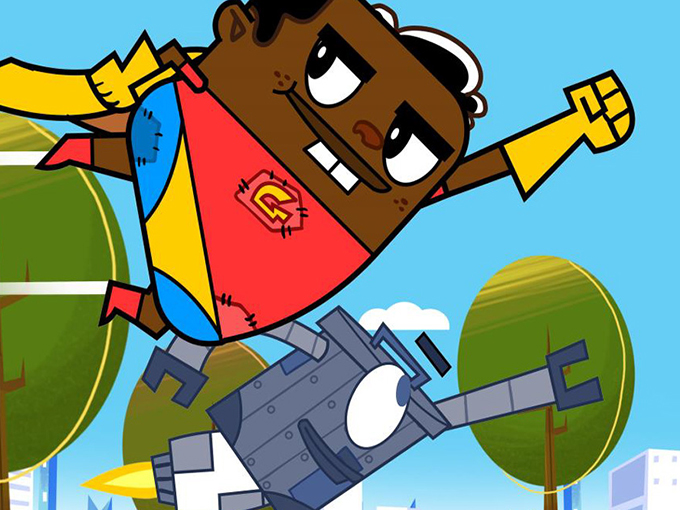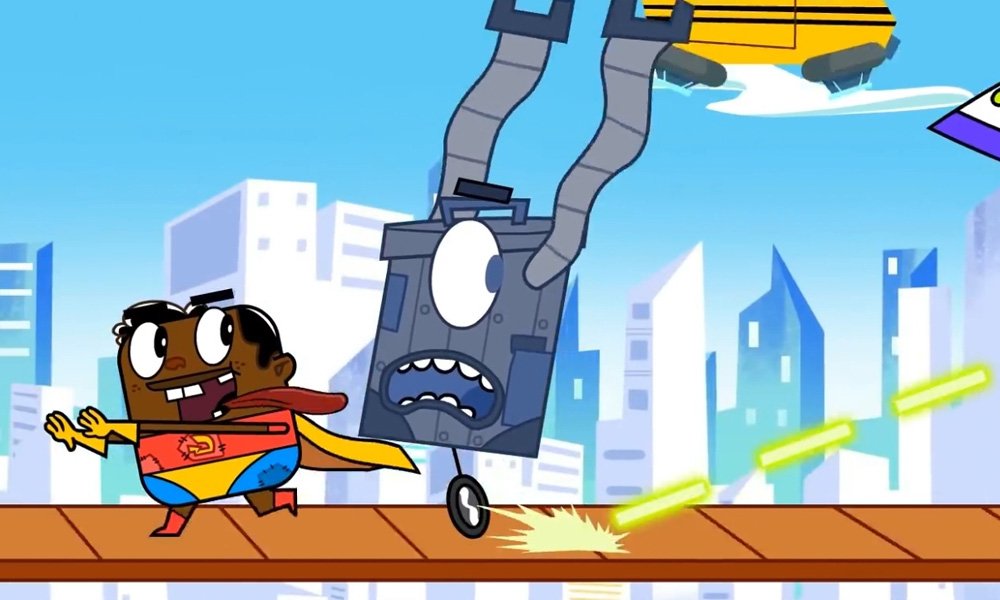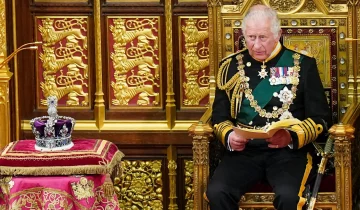The Magic of African Animation: Bringing Stories to Life
When one thinks of animation, images of talking animals, magical creatures, and fantastical worlds often spring to mind. But animation transcends borders and cultures, offering a medium for creators to bring their unique stories to life. Nowhere is this more evident than in the realm of African animation. This journal explores the magic of African animation, which has emerged as a powerful tool for sharing the rich cultural heritage and vast creative potential of the continent with the world.
The Emergence of African Animation Industry
Animation in Africa has, in recent years, blossomed into a vibrant and burgeoning industry. Fuelled by a combination of technological advancements and the passion of talented artists, African animation has begun to gain recognition and captivate audiences both locally and internationally.
Cultural Significance and Global Impact
The importance of African animation goes beyond mere entertainment. By telling stories that are deeply rooted in African culture and history, these animated works contribute to the preservation of cultural heritage while simultaneously promoting African creativity and innovation.
Historical Context of African Animation
Early Beginnings: Pioneering Animators and Their Work
African animation traces its roots back to the mid-20th century when pioneering animators like Nigerian artist Moustapha Alassane began experimenting with traditional animation techniques. Alassane’s 1966 film La Mort de Gandji (The Death of Gandji) is considered one of the first animated films from Africa, showcasing the continent’s potential in the animation world.
Evolution of the Industry: The Role of Technology and Funding
The growth and development of the African animation industry have been greatly influenced by advances in technology. The advent of computer animation and the widespread availability of digital tools have allowed African animators to push creative boundaries and produce high-quality content more efficiently. Furthermore, organizations such as the African Animation Network and the Animation du Monde program have provided funding opportunities, training, and networking platforms for emerging animators.
Current State: Local and International Recognition and Collaborations
Today, African animation has reached new heights, with several animated films and series earning critical acclaim and international recognition. For instance, South African studio Triggerfish Animation’s Adventures of Zambezia (2012) and Khumba (2013) gained global attention, while Nigerian animator Niyi Akinmolayan’s Frogeck (2019) showcased the potential for collaboration between African animators and international studios.
Case Study 1: Wanuri Kahiu’s The Camel Racer
Wanuri Kahiu, a Kenyan filmmaker known for her live-action film Rafiki (2018), collaborated with South Africa’s Triggerfish Animation studio to create The Camel Racer (2019). The animated short tells the story of two young girls who challenge the gender norms of their conservative society by participating in a camel race. The film has been praised for its engaging storytelling and beautiful animation, as well as its powerful message of gender equality and female empowerment.
Case Study 2: Kugali Media’s Iwájú
Kugali Media, a Nigerian multimedia company, made headlines in 2020 when it announced a partnership with Disney to produce an animated series called Iwájú (2022), which means “the future” in Yoruba. Set in a futuristic Lagos, the series explores themes of class, innocence, and the challenges of progress. The collaboration between Kugali and Disney represents a significant milestone for the African animation industry, highlighting the potential for partnerships between African creatives and global entertainment giants.
Case Study 3: Comfort Arthur’s The Peculiar Life of a Spider
Ghanaian animator Comfort Arthur’s The Peculiar Life of a Spider (2015) is a poignant animated short that tackles the sensitive topic of mental health. The film follows the life of a spider named Kwaku Ananse, who suffers from anxiety and depression. The use of animation to address mental health issues serves as a powerful example of how the medium can be employed to explore complex and often stigmatized subjects, helping to raise awareness and encourage conversation.
Case Study 4: Tiste Azathanai’s Garbage Boy and Trash Can
Nigerian animator Tiste Azathanai’s Garbage Boy and Trash Can (2017) is a delightful animated series that teaches children about environmental responsibility and recycling. The series follows the adventures of Garbage Boy, a young superhero who has the power to transform trash into useful objects, and his sidekick, Trash Can. By incorporating important messages about sustainability and environmental stewardship into an entertaining format, Garbage Boy and Trash Can exemplifies the power of African animation to educate and inspire the next generation.
Case Study 5: Anthill Studios’ Malika: Warrior Queen
Nigerian animation studio Anthill Studios, founded by Niyi Akinmolayan, brought the story of Malika: Warrior Queen (2019) to life in a captivating animated short based on the graphic novel by Nigerian writer and comic creator Roye Okupe. Set in 15th-century West Africa, the film tells the story of Malika, a queen who must protect her kingdom from both internal and external threats. The project garnered international attention, raising over $20,000 through a Kickstarter campaign and earning praise for its stunning visuals, engaging storytelling, and celebration of African history.
Case Study 6: Lesley-Ann van der Nest’s My Dream, My Story
South African animator Lesley-Ann van der Nest created the animated short film My Dream, My Story (2021), which tells the story of a young girl who dreams of becoming a writer despite the challenges she faces, such as poverty and limited access to education. The film serves as a powerful reminder of the importance of perseverance and the pursuit of one’s dreams, while also shedding light on the realities faced by many children in Africa. Through its compelling narrative and evocative visuals, My Dream, My Story demonstrates the capacity of African animation to inspire hope and resilience in the face of adversity.
These case studies serve as a testament to the magic of African animation and its potential to inspire future generations. By supporting and celebrating the works of African animators, we can ensure that this rich tradition of storytelling continues to thrive and evolve, touching the hearts and minds of audiences around the globe.

Cultural Representation and Diversity in African Animation
Use of Local Languages and Folklore
African animation thrives on the rich tapestry of the continent’s linguistic and cultural diversity. Many animated works feature dialogue in local languages and are inspired by traditional folklore and mythology, as seen in the Kenyan animated series Tinga Tinga Tales (2010), which draws on East African animal folktales.
Representation of African History and Contemporary Issues
In addition to celebrating Africa’s cultural heritage, animated works often tackle important historical events and contemporary social issues. For example, Rwandan animator Eloïse Shyaka’s The Chronicles of Nerm (2019) explores the Rwandan Genocide, while South African studio Sunrise Productions’ Ubongo Kids (2013) uses animation to educate children on subjects ranging from mathematics to environmental conservation.
Portrayal of Diverse Characters and Settings Across the Continent
African animation is characterized by its diverse representation of characters and settings, reflecting the vast range of landscapes, cultures, and experiences found across the continent. From the bustling city of Lagos in Nigeria to the serene plains of the Serengeti, these animated works offer a glimpse into the richness and complexity of African life.
The Impact of African Animation on the Global Stage
- The Reception of African Animated Films and Series Worldwide
The global community has begun to embrace African animation, with films and series garnering international awards and distribution deals. For instance, Mama K’s Team 4 (2019), a Zambian animated series produced by Triggerfish Animation and Netflix, has attracted a worldwide audience and critical acclaim for its empowering portrayal of four teenage girls who use their unique abilities to save the world.
Contributions to the International Animation Industry
African animators are making their mark on the international animation industry, not only through their own productions but also by contributing to global projects. Nigerian animator Roye Okupe, for example, has worked with companies such as Marvel and DC Comics, while South African studio Sea Monster has collaborated with international brands like Visa and Nestlé to create innovative animated content.
Influences on Other Art Forms and Creative Industries
African animation has had a ripple effect on other art forms and creative industries, inspiring African artists in fields such as fashion, music, and literature to incorporate elements of animation and storytelling into their work. The success of African animation has also encouraged the growth of related industries, such as video game development and virtual reality experiences.
Challenges and Opportunities for African Animators
Limited Resources and Access to Technology
Despite the progress made in the African animation industry, challenges remain in terms of access to resources and technology. The high cost of equipment and software, as well as limited infrastructure, can hinder the creative process and impede the growth of the industry.
The Need for Educational and Training Programs
To nurture the next generation of African animators, educational and training programs must be developed and made accessible to young creatives. Initiatives such as Nigeria’s Spoof Animation Academy and South Africa’s Animation School have already begun to address this need, offering specialized training in animation techniques and storytelling.
The Role of Government and Private Sector Support
The African animation industry requires the support of both the public and private sectors in order to thrive. Governmental policies that encourage investment in the creative arts, as well as private sector initiatives such as the aforementioned African Animation Network, can help to create a supportive environment for the growth of the industry.
Opportunities for Collaboration and Partnerships
Collaboration and partnerships present a wealth of opportunities for African animators, allowing them to share their stories with a broader audience and learn from the experiences of their international counterparts. By working together, African animators can continue to push the boundaries of their craft and elevate the profile of African animation on the global stage.

Summary of the Importance of African Animation in Storytelling
The magic of African animation lies in its ability to bring unique stories to life, showcasing the rich cultural heritage and vast creative potential of the continent. Through animated works that celebrate linguistic and cultural diversity, explore historical events and contemporary issues, and present diverse characters and settings, African animation is making an indelible mark on the world of storytelling.
The Potential for Growth and Further Development of the Industry
There is immense potential for the African animation industry to continue growing and developing in the coming years. As access to resources and technology improves, and educational and training programs become more widespread, the industry will undoubtedly flourish, with an ever-expanding array of captivating stories reaching audiences both within Africa and beyond.
A Call to Action: Supporting and Celebrating African Animation
In order to harness the magic of African animation and ensure its continued success, it is crucial for governments, the private sector, and individuals alike to support and celebrate the industry. By investing in resources, infrastructure, and education, and by embracing the unique stories that African animation has to offer, we can contribute to the preservation and promotion of Africa’s cultural heritage and creative potential.
Final Thoughts: The Magic of African Animation as a Catalyst for Change and Growth
The magic of African animation lies not only in its ability to weave captivating tales but also in its potential to serve as a catalyst for change and growth within the continent. As more African animators share their stories, they inspire a new generation of creatives to explore the art form and contribute their own unique perspectives.
Moreover, the success and recognition of African animation on the global stage can encourage investment in the industry, leading to the creation of new opportunities, infrastructure, and resources for emerging talent. This, in turn, can contribute to the overall growth and development of the African creative sector.
In essence, the magic of African animation is not merely a celebration of the continent’s rich cultural heritage and artistic prowess but also a powerful force for change and growth that holds the potential to shape the future of Africa’s creative landscape. By supporting and nurturing this vibrant industry, we contribute to the ongoing evolution of African storytelling and the continued enrichment of global artistic expression.





 No products in the basket.
No products in the basket.